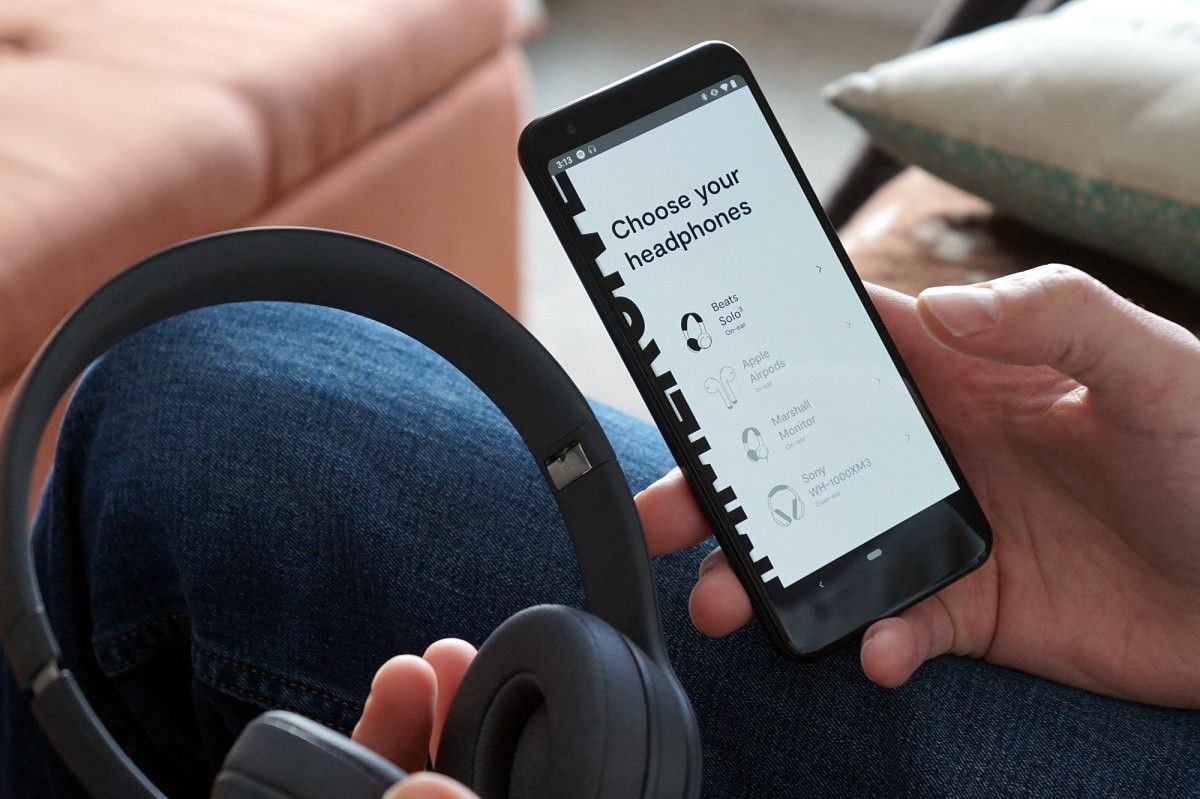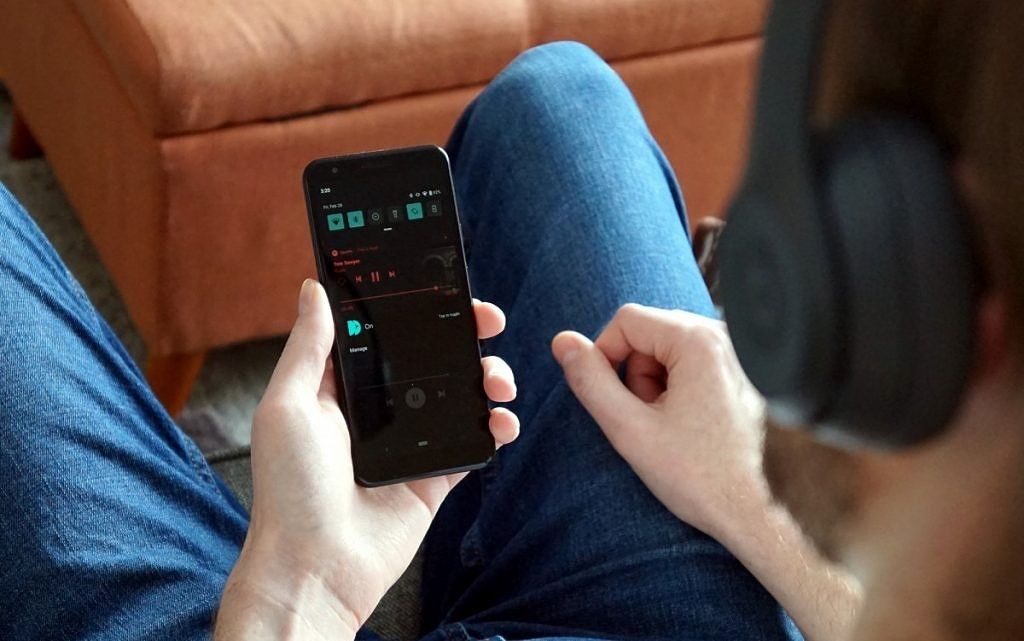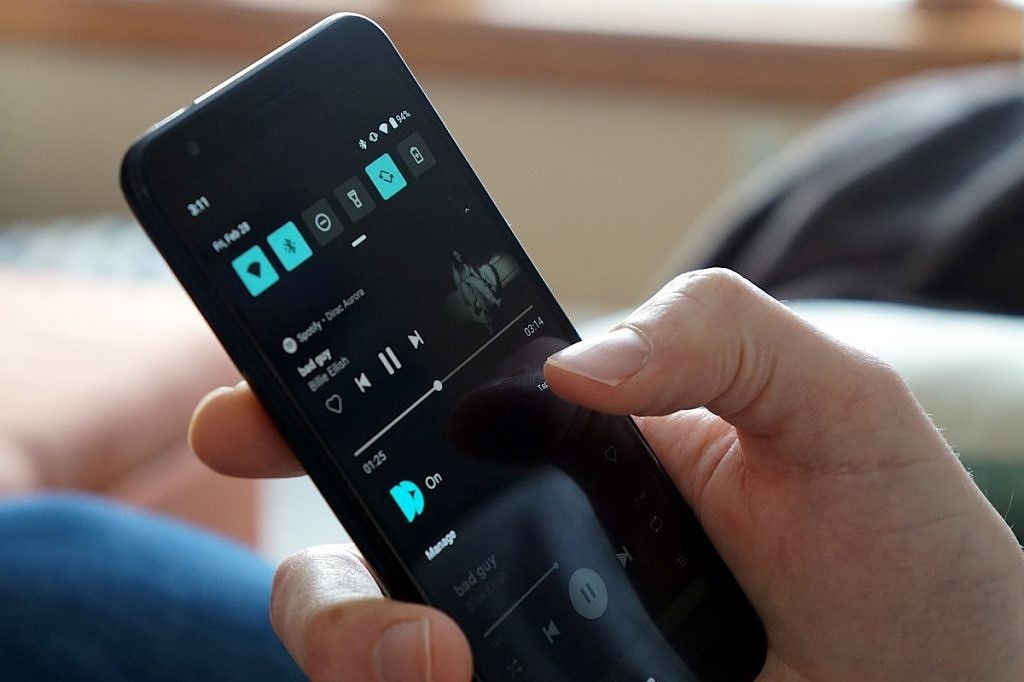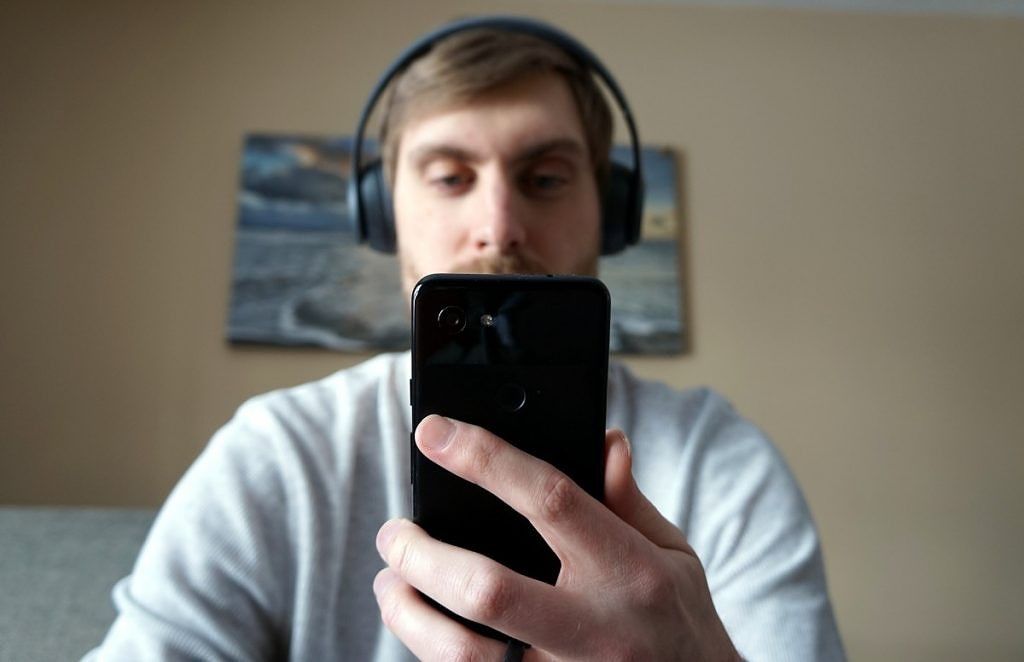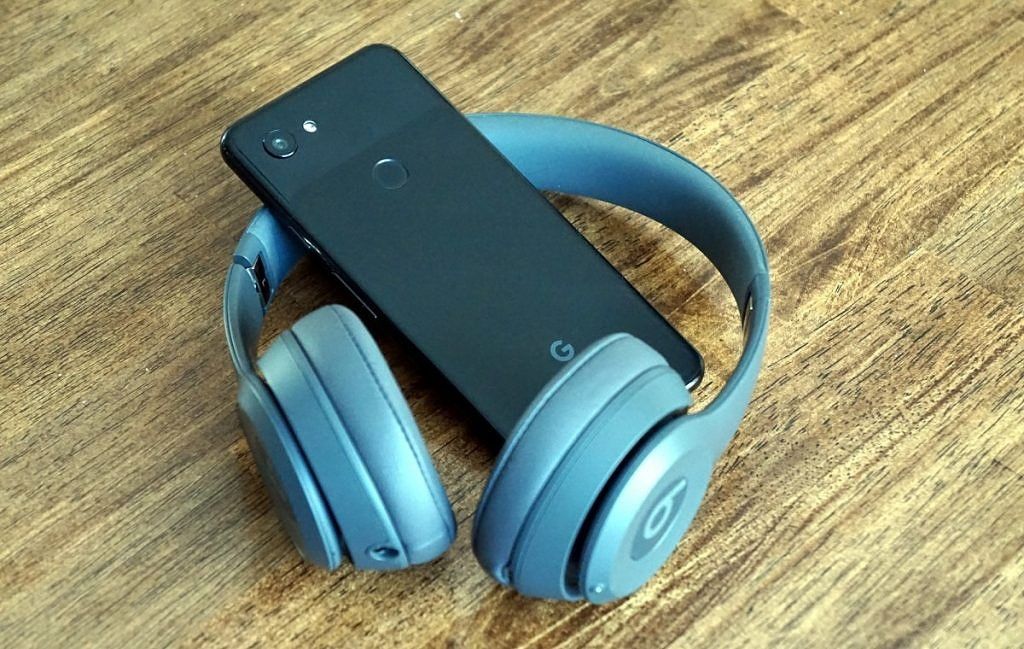If you're deeply interested in the audio quality on your smartphone, Dirac is probably a name you've heard before. We've covered the company a few times here on XDA. Dirac is a Swedish audio research company that develops audio software used by many OEMs. There's a decent chance you'll find Dirac's technology in the device you own. Their latest product is all about utilizing your headphones to their maximum potential.
What is it?
The new product is an Android app that is intended to optimize the sound profile on your specific set of headphones. Something you may not realize is headphones apply their own processing to accentuate certain aspects of music. Manufacturers do this to highlight the capabilities of their headphones, but this can create audio that musicians and/or DJs don't like. A similar thing happens with TV manufacturers. Some TVs will artificially change the refresh rate of movies, which annoys directors and actors because it's changing the way the content was intended to be enjoyed. That's where Dirac's new product comes in. The company says their app applies an audio profile that "reveals" the music as it was intended, removing all of the headphone processing and "purifying" the experience.
Dirac sent us a test kit with a Pixel 3a and the Beats Solo 3 wireless headphones to try out this new product. There are a few reasons why I couldn't use my own phone and headphones. First, Dirac's engineering team creates individual sound profiles for specific headphones, so I couldn't use my existing ones. Dirac creates these profiles by measuring the audio produced by the headphones in their stock configurations and then equalizing it against their own target curve, which they say they've tested extensively to produce the best audio. Thus, this is not a simple one-size-fits-all equalizer app for headphones.
Next, the reason I couldn't simply download the app onto my own phone is a little more complicated. Currently, Dirac has to integrate the app into the audio framework of the OS in order to be able to apply the audio profiles. The app needs to be integrated into the software in order to be able to work with any music being played on the device. To work without that deep integration, Dirac needs partnerships with streaming services so the audio is processed on their end before being streamed to your device. This could be remedied if a future version of Android introduced an equalizer API that the app could hook into.
Using the app
The Dirac app is currently limited to a few devices, including the aforementioned Beats Solo 3 wireless headphones. The company plans to support over 100 headphones when the app is launched.
Using the app couldn't be simpler. Once your headphones are connected, simply open the app, swipe up to begin, and choose your headphones from the list. You will then be asked to tap a button that reads "Yes, boost my headphones." From there, you will see a progress bar fill up as the app applies a fit correction filter, adjust the hi/mid/low balance, and "[initialize] spaciousness." Once completed, you simply tap "Let's go" and the next screen will take you to your media player, which is Spotify in my case. Dirac's app works with whatever audio is being played on your device, though.
The Dirac app puts a toggle switch in the notification shade so you can easily hear the difference it makes while listening to music. There is a bug in the current build of the app I tested that makes it so you hear very little difference when toggling the switch, but restarting the app fixes it. Once again, keep in mind this is only demo software.
How does it sound?
So the big question is does music sound better with the Dirac experience? In short: Yeah, it makes a pretty big difference. It reminded me of when you hear music coming from inside a car and how much clearer it sounds when the window is open. The Beats Solo 3 sound pretty good on their own, but with Dirac's processing enabled, the music sounds "cleaner."
Admittedly, I'm not much of an audiophile, but there are a few key characteristics I noticed. Dirac provided a playlist with songs to show off the abilities of the processing. Billie Eilish's "Bad Guy" is a great example of how the app can improve vocal tracks. Eilish has a very unique way of singing, and her voice can sometimes get lost in the background. With Dirac enabled, however, her voice becomes much more clearly defined. You can hear the nuance in her delivery.
The Dirac optimizations don't always make a positive difference, however. In songs that feature heavy bass, the bass becomes even more pronounced, and it can distort and mask other parts of the song. For the most part, I would say the app made the music sound crisp and full, but it definitely works better with some genres than others.
In the case of the Beats Solo 3, I don't think the music sounded bad without Dirac's optimizations. These are good quality headphones, but Beats products are known for having a signature sound. As someone who doesn't analyze sound quality very closely, I would probably be happy with the sound without Dirac's optimizations. But once you hear the improvements, it's hard to go back.
When can I use it?
As I've already touched on, there are a few things holding Dirac back from being able to offer this app to everyone. The first challenge is supporting as many headphones as possible. Popular headphones such as the Beats Solo 3 and Apple AirPods will obviously be supported, but it will take time to add the plethora of other more obscure options out there.
The biggest challenge, however, is getting the app onto phones. Dirac is in talks with the "world’s largest smartphone and music streaming companies" to get the app integrated into their products. The company says they are slated to announce their first partnership in Q1 2020 (which ends March 31). Hopefully, we'll know more about a launch timeframe with that announcement.
If Dirac can get their software integrated into smartphones and streaming apps and they support enough headphones at launch, this could be a popular tool for consumers (and maybe audiophiles). The idea of purifying the listening experience and hearing music the way it was intended to sound has always been the gold standard. This is why people spend hundreds of dollars on high-end headphones. We hope to see Dirac's app do that for more people in the future.

